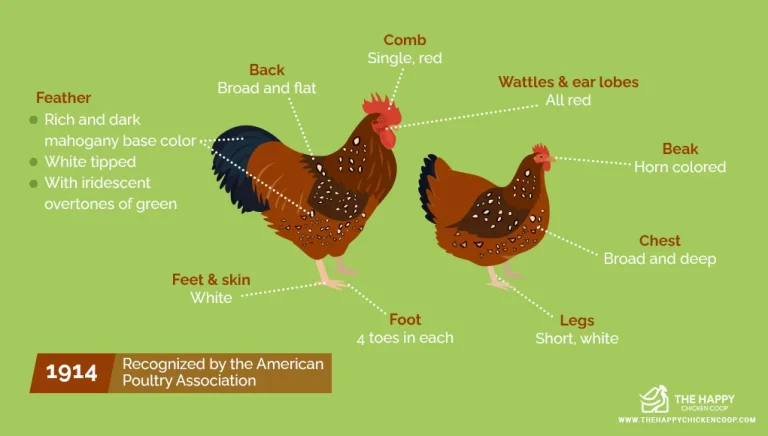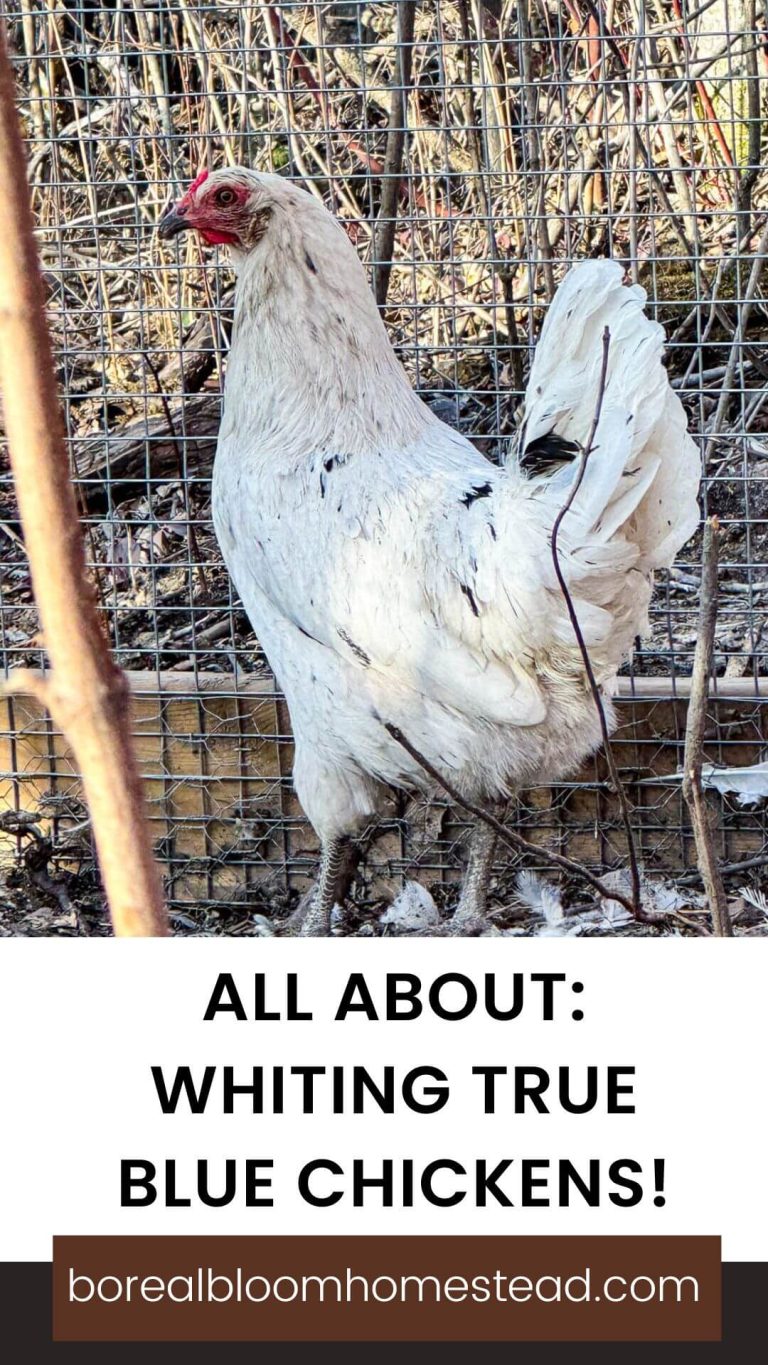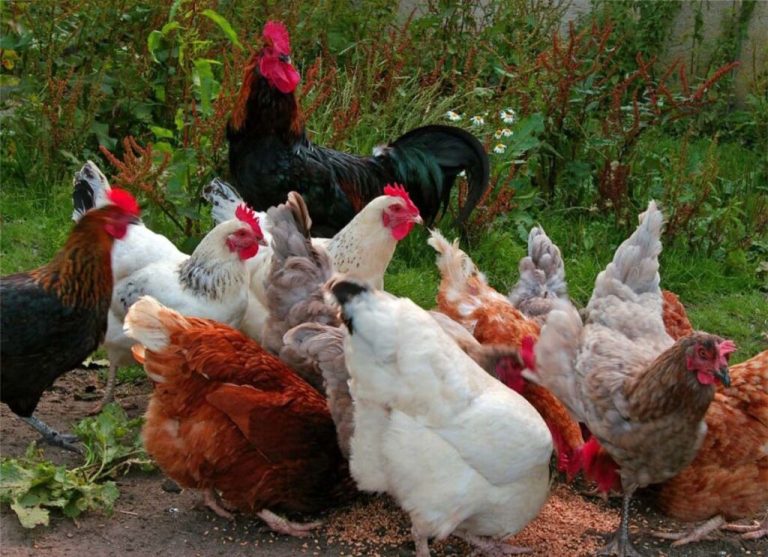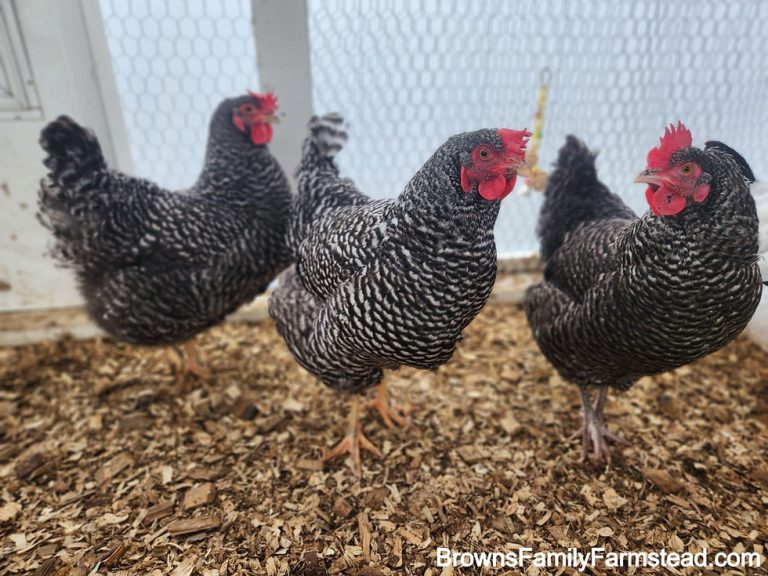What Sound Does A Rooster Make?
Roosters make a distinctive sound known as a “crow.” This crowing often occurs at dawn but can happen throughout the day.
Roosters are more than just farm animals; they hold cultural significance in many societies. Their crowing serves multiple purposes, such as marking territory and attracting hens. The sound is often associated with the start of a new day, symbolizing awakening and renewal.
Beyond their natural behavior, roosters have been featured in folklore and popular media, highlighting their importance in human culture. Understanding the sound a rooster makes can provide insights into its behavior and role on a farm. This iconic sound is part of the charm that makes farm life so appealing to many people.
Why does the rooster crow?
Roosters crow primarily as a territorial and communication device. The distinctive morning crowing of a rooster serves a variety of purposes: to announce the break of day, to declare dominance over other members of the flock, and to let other roosters know where he is. Although popular belief has it that roosters only crow at dawn, in fact, they will crow throughout the day to different stimuli, such as sudden noise, potential threats, or even to communicate with other chickens. It produces a crowing sound as air moves through their syrinx, which is their vocal organ. Each crow serves to help the roosters recognize one another and maintain pecking order.
Crowing Decoded
The sound a rooster makes is called crowing. This loud call is mainly for communication. Roosters use it to assert territory and attract hens. The crowing often happens at dawn, but it can occur at any time.
Breeds of roosters can produce different sounds. For example, the Rhode Island Red has a distinct crow. The Leghorn makes a sharper sound. Each breed has its own unique vocalization style. This variation helps farmers identify specific breeds.
| Rooster Breed | Crowing Sound |
|---|---|
| Rhode Island Red | Deep and resonant |
| Leghorn | Sharp and quick |
| Silkie | Soft and muffled |
Dawn’s Early Alarm
The sound a rooster makes is called a crow. This crowing starts at dawn. It signals the beginning of a new day. Roosters use this call to mark their territory. Other animals and humans can hear it from far away.
In nature, the rooster’s crow helps to wake other animals. It is a sign of safety and alertness. Many birds and animals respond to this sound, creating a lively morning atmosphere.
| Cultural Interpretations | Meaning |
|---|---|
| Symbol of Awakening | Represents a new beginning in various cultures. |
| Fertility Symbol | Associated with growth and prosperity in farming communities. |
| Protection and Alertness | Seen as a guardian of the farm or home. |
Anatomy of a Rooster’s Call

Credit: www.youtube.com
The vocal structures in roosters are fascinating. Roosters have a unique syrinx. This organ helps them produce various sounds. The shape and size of the syrinx affect the sounds made.
Airflow plays an important role in how roosters vocalize. As air passes through the syrinx, it creates different pitches. Resonance further enhances these sounds. The combination of airflow and resonance allows for loud and clear calls.
| Vocal Structure | Function |
|---|---|
| Syrinx | Produces various sounds |
| Airflow | Creates different pitches |
| Resonance | Enhances sound quality |
Roosters In Urban Settings
Roosters are known for their loud crowing. This sound can be disruptive, especially in urban areas. Many cities have strict noise ordinances to manage farm animals. These laws often limit the number of roosters allowed.
Urban roosters must adapt to new sounds and environments. They may crow less frequently during the night. Some roosters learn to stay quiet during early mornings. This helps them avoid complaints from neighbors.
Residents can help by providing a calm space for their roosters. Reducing stress can lead to less noise. Understanding the needs of these birds is important for harmony in neighborhoods.
The Language of Roosters
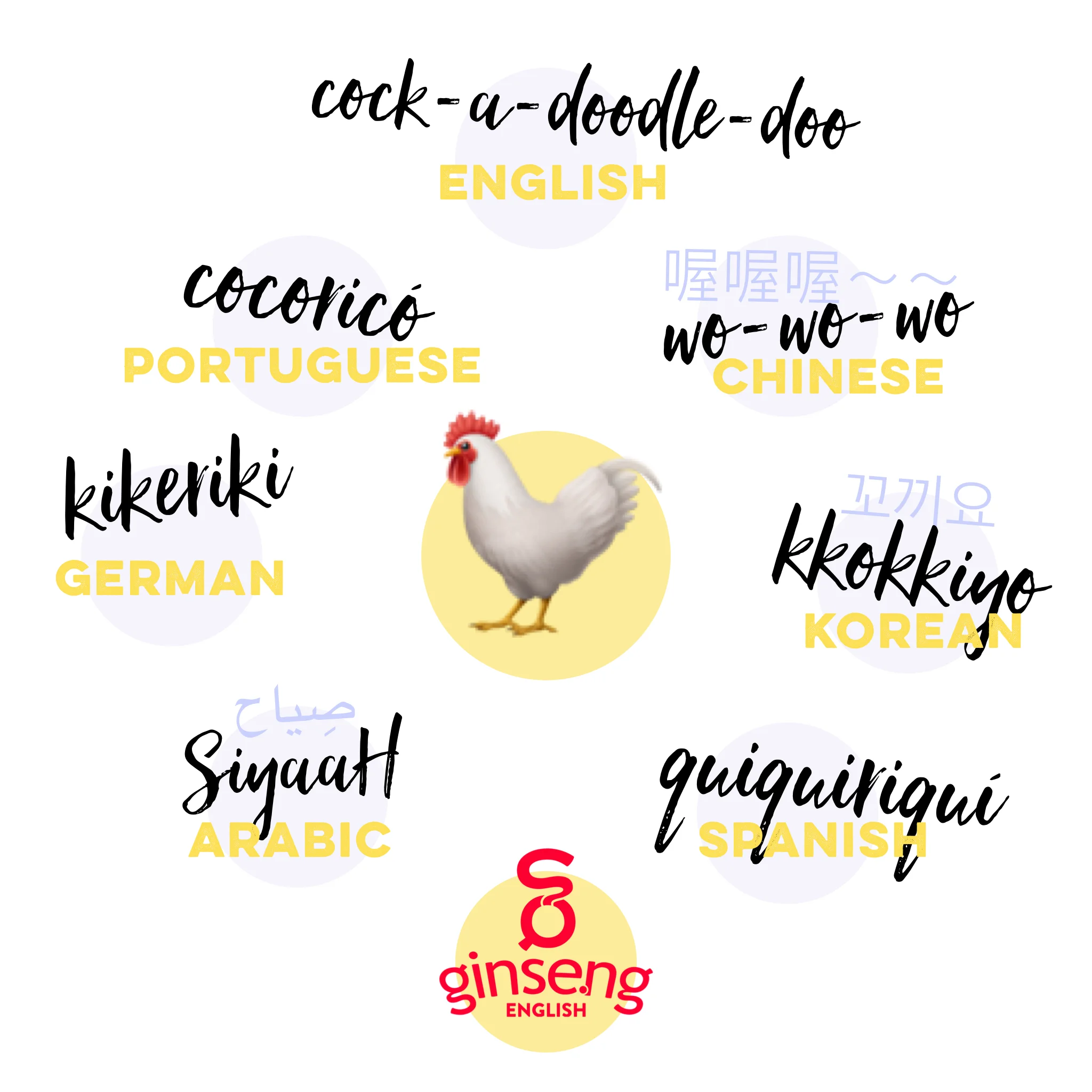
Credit: ginsengenglish.com
Roosters have a unique way of communicating. They use different sounds for various messages. Crows are their most famous calls. A rooster crows to announce its territory. This sound can also signal the start of the day.
Roosters communicate with their flock using clucks and purrs. These sounds help them stay connected. Clucking often means they feel safe and are busy. Purring usually indicates contentment among the hens.
Alerting to predators is crucial. Roosters make sharp, loud sounds to warn the flock. This helps protect them from danger. Quick alerts can save lives in a flock.
Cultural Significance of Rooster Sounds
Roosters have a strong presence in mythology worldwide. They often symbolize courage and vigilance. Many cultures see them as guardians against evil spirits.
In art, roosters represent fertility and renewal. Artists use their bright colors to show life and energy. In literature, roosters often signal the start of a new day.
They appear in fables and stories. Their crowing can symbolize hope and awakening. This makes them important in various cultural contexts.
Recording And Studying Rooster Crows
Researchers use various methods to study rooster crows. They often conduct field recordings to capture sounds. These recordings help identify different types of crows. Scientists analyze the frequency and volume of each call.
Some researchers use audio software for detailed analysis. This software can visualize sound waves and patterns. Data collection often involves observing roosters in their natural habitat. Understanding the context of each call provides valuable insights.
| Research Method | Description |
|---|---|
| Field Recordings | Capturing sounds in natural settings. |
| Audio Analysis | Using software to study sound patterns. |
| Behavior Observation | Watching roosters during crowing events. |
These approaches lead to important discoveries. Researchers learn about rooster communication and behavior. The findings help us understand their role in the ecosystem.

Credit: www.youtube.com
Conclusion
Roosters are fascinating creatures known for their distinctive sounds. Their crowing serves various purposes, from marking territory to signaling the start of a new day. Understanding these vocalizations enriches our appreciation for farm life. Next time you hear a rooster, remember the important role it plays in nature and agriculture.
FAQs
The morning is announced by the cock with a peculiar “cock-a-doodle-doo” sound. This is a loud, shrill crow, an alarm call in the real sense of the word, for it performs several functions. Roosters begin crowing before sunrise and, thus, give notice of the oncoming day. They do this as part of establishing their territory from other roosters. This is a natural biological rhythm that has been known through the years in farming communities.
In Spanish, the generic sound of a rooster is expressed with the onomatopoeia “ki-ki-ri-kí” (pronounced kee-kee-ree-kee). This doesn’t sound like the English term “cock-a-doodle-doo.” Here, Spanish-speaking children will imitate the rooster’s crow with this characteristic expression. So if you get to hear “el gallo canta: ki-ki-ri-kí,” that may be a way of depicting a rooster crow in Spanish.
A rooster makes a loud “cock-a-doodle-doo” sound. This call is sharp and clear, often in the early morning hours. It serves to proclaim their presence or claim territory. The sound is rhythmic and repeats several times. Roosters can make other noises too, but their crow is the most recognized.
Yes, a hen can sometimes sound like a rooster. This is due to the result of a hormonal change. If the ovaries in a hen do not work, her testosterone can increase. She may start crowing like a rooster. This is rare but natural in some cases. You might feel some changes in her behavior, such as acting dominantly. Though unusual, it’s not something to worry about in most situations.
The crow of the pheasant sounds quite similar to that of a rooster. Loud, raucous crowing noises are usually emitted by male pheasants, especially in the early morning or during mating seasons. Such calls do come as a surprise to people who expect only roosters to crow. These birds use their calls to claim territory or attract mates. Though they do not crow as frequently as roosters, their sound is clear and distinct, making it easily mistaken for a farmyard rooster.
A German rooster says, “Kikeriki!” It’s different from the common “Cock-a-doodle-doo” in English. The sound has a sharp and lively tone. It reflects the German language’s distinct rhythm. This call often starts early in the morning. It wakes people and animals alike. Roosters use this sound to claim their territory. The unique “Kikeriki” adds charm to rural German life.
A quail rooster makes sharp and high-pitched calls. It often sounds like “wet-my-lips” or “bob-white,” depending on the species. The calls are short, clear, and repeated several times. These sounds are used to attract mates or mark territory. The tone can vary between chirps and whistles, but they are distinct and easy to recognize. Quail roosters are vocal, especially during the breeding season.
The crow of a Silkie rooster is high-pitched, softer than that of other roosters. It often sounds like a mixture of a squeak and a short whistle. Their crow is less sharp and loud, making them gentler on the ears. Some people describe it as quirky or even funny. Even though quiet, they still crow on regular schedules to announce themselves. Their sound is a boost in their charming outlook.


